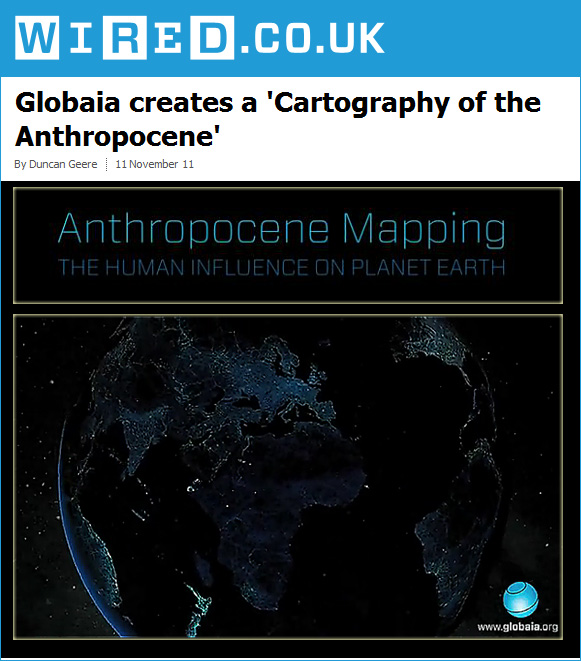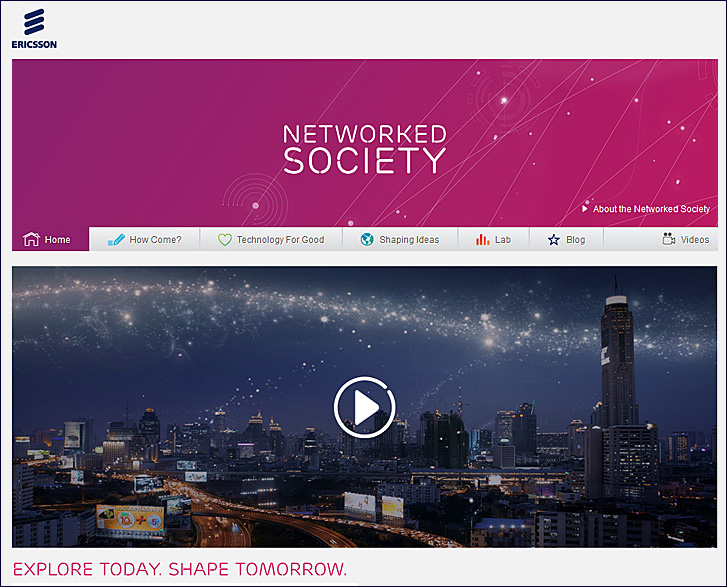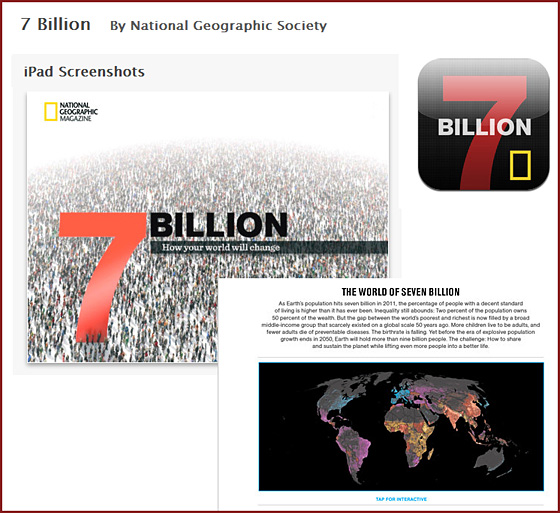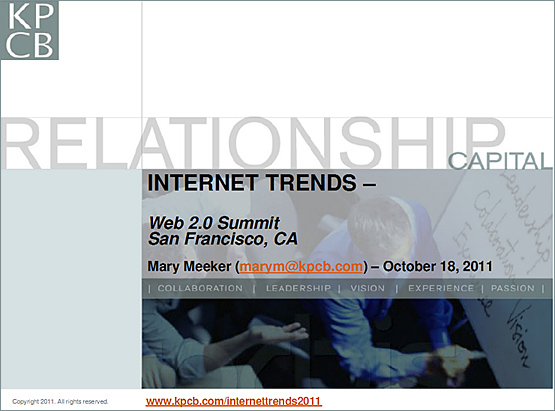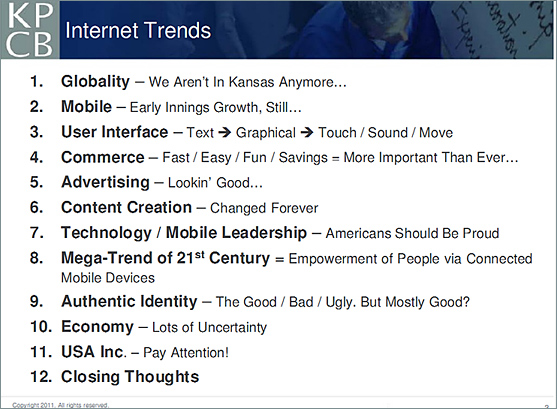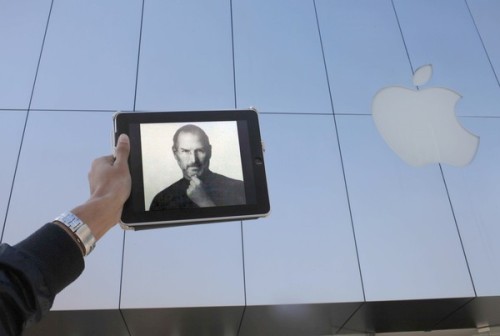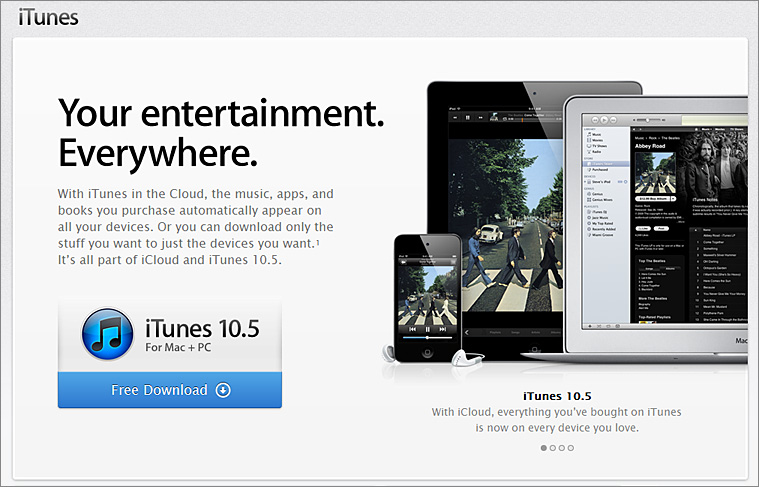As of 11/20/11 (~2:00pm EST)
.
As of 8/24/11:
.
From DSC:
With the increase in globalization — and from what I’ve seen happening in the financial systems (i.e. how what happens in Europe affects the financial systems in the U.S./Asia/other and vice versa) — it seems clear that we are all in this boat together. If that’s true, what does that mean for:
- Businesses and economies around the world?
- The ability of families and individuals to afford the increasing cost of getting a degree?
- Higher educational systems — and business models — around the world?
- How do we resolve such massive problems?
- What does all of this mean for how we should be educating our students?
Addendum on 11/21/11:
- Debt committee: Why $1.2 trillion isn’t enough — from money.cnn.com by Jeanne Sahadi
Excerpts:
That’s because under the most likely scenario, reducing deficits by $1.2 trillion won’t stop the accumulated debt from growing faster than the economy.
…
Thus, to stabilize the debt, Congress would need to pass a debt-reduction plan worth $4 trillion to $6 trillion, budget experts say.












